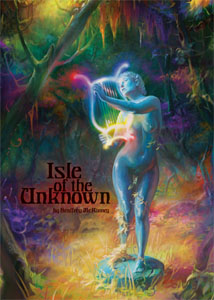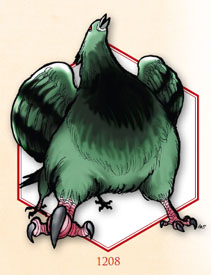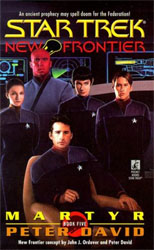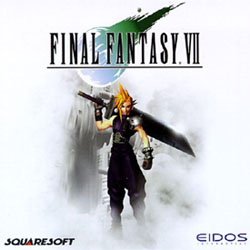Tagline: The classic dungeon crawl designed by the master of dungeon crawls, Gary Gygax.
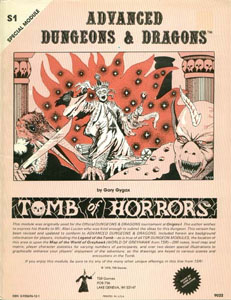 The Tomb of Horrors module is one of the great classics in our little industry. It would be truly surprising to me if someone who has been playing RPGs for more than a handful of years would not have heard of this module, if not played in it or run it themselves.
The Tomb of Horrors module is one of the great classics in our little industry. It would be truly surprising to me if someone who has been playing RPGs for more than a handful of years would not have heard of this module, if not played in it or run it themselves.
The Tomb of Horrors was first released in 1978, as one of the first modules available for the AD&D game, after being used for the Official D&D tournament at the very first Origins convention. Recently it has been re-released as part of The Return to the Tomb of Horrors boxed set and can be obtained there if you can’t track it down through the used section of your local game store.
At the time it was published this was a fairly innovative product. In addition to the “map and key” presentation which was standard at the time, Tomb of Horrors also came with a pamphlet of forty illustrations – each presenting some part of the module which could be shown to the players at the appropriate time. This was cutting edge stuff at the time. Honest.
By all merits this should be an absolutely awful product by current standards – substandard writing, sub-par art, and a linear plot. Okay, I take that last one back: There is no plot, just a bunch of rooms full of traps and monsters.
Despite all this, though, there’s something about the Tomb of Horrors which still tantalizes me. Part of it is the fact it’s a classic. Like Queen of the Demonweb Pits it’s one of those things which “every” gamer has experienced at some point. There’s a sense of history to it, which adds to the experience. The other part of this is that sometimes you just gotta kick up your heels and take a brief detour visit back to your youth. In other words: Hack ‘n slash can be fun if you’re looking for hack ‘n slash.
The Tomb of Horrors was and remains a classic not because it dots all the i’s and crosses all of the t’s of what the current popular consensus of roleplaying is (or even of the type of roleplaying I enjoy most of the time), but because it accomplishes exactly what it sets out to do.
So when you’re looking for a quick one-shot relax from your normally roleplay-intensive campaigns, you might want to look back at an old classic once in awhile. It can’t hurt anything. Actually, I’m thinking about adapting it to FUDGE for a quick run sometime real soon. See you there.
Style: 2
Substance: 3
Author: Gary Gygax
Company/Publisher: TSR / Wizards of the Coast
Cost: n/a
Page count: 50
ISBN: 0-935696-12-1
Originally Posted: 1999/02/17
This review is another example of how 3rd Edition and the OSR have rehabilitated first D&D and then old school D&D in the RPG community. There are, of course, still haters out there. (There are always haters.) But even I occasionally have difficulty appreciating just how much “D&D Sucks” was the received wisdom of the online RPG community pre-2000.
I was no exception (nor am I now): AD&D is a terrible game and there are many, many reasons why I stopped playing it. But I did recognize that there was a fun game hiding away inside of AD&D, and this review was basically an attempt on my part to say, “Hey! There’s fun to be had over here!”
Several years later, my own adaptation of Tomb of Horrors to 3rd Edition became one of the earliest additions to the website. Check it out. It’s still a ton of fun.
For an explanation of where these reviews came from and why you can no longer find them at RPGNet, click here.

